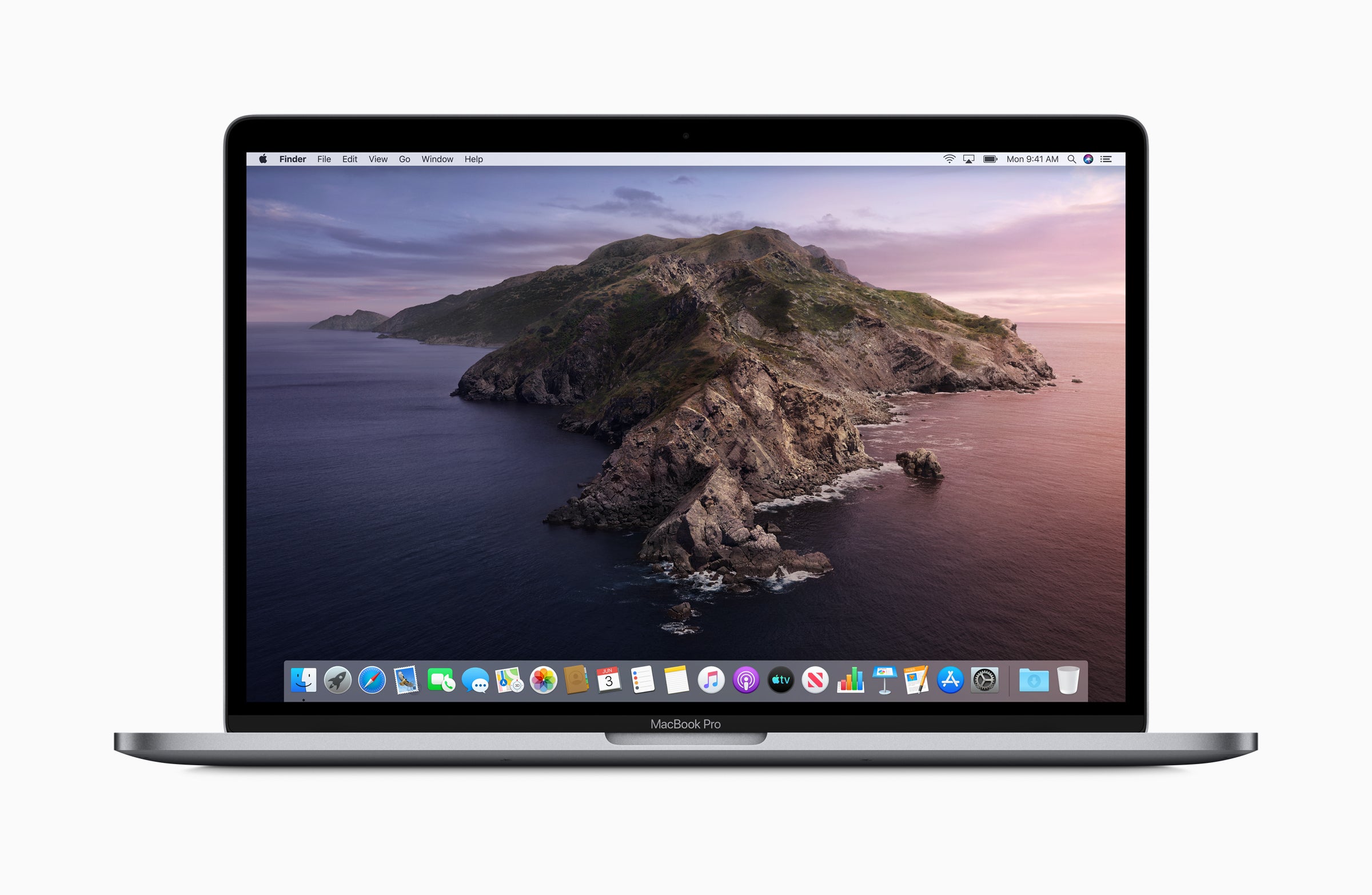

The Simulator has a distinct copy of the stack running in an environment of its own. Now, many of you aren't aware that we have been able to run iOS apps on the Mac for a while now in the Simulator. There are some differences as you can see here and I'll talk about this in a minute. On iOS we have iOS apps and then there is the stack of frameworks and databases and services underneath.

And then we have the granddaddy service of them all, the Kernel, which is our Darwin Kernel. And now, we have services, this includes things like the Clipboard service for a copy paste and file coordination. These are things like the user's photos database, context, preferences, and so on. In addition to frameworks, we also have databases. We, of course, have hundreds of frameworks in that stack. Now, these are just some representative frameworks. Here is the technology stack for the Mac, we have macOS apps, these are built upon frameworks, UI frameworks and also lower level frameworks as you can see here. So, let me show you what I mean by technology stack. I'll talk about the first two then Jake will come on stage to demo and discuss the third one. And last but not least, we make it easy for you to get started. We also bring in iOS frameworks that don't exist on the Mac and integrate them to work well on the Mac with the Mac infrastructure and with the Mac UI design guidelines. We have a rich technology stack that's shared between iOS and macOS, and we leverage that as much as possible. With the UIKit as a native peer to these other frameworks on the Mac, you're enabling you to bring your iPad apps to the Mac as first-class experiences. But we've been missing one thing and that's UIKit, the technology used by iOS apps today. And these experiences, all have dedicated frameworks that support them. We have powerful desktop apps, web-based experiences, and also graphic intensive games. The Mac is a robust platform for development that enables all kinds of apps.
APPLE APPS FOR MAC FOR MAC
So, what is iPad apps for Mac all about? Well, it's a technology that enables you to rebuild and run iPad apps natively on the Mac. In our second talk, taking iPad apps for Mac to the next level, which is later this week, we'll cover advance topics such as making your app a better Mac app and also considerations for distributing your app.
APPLE APPS FOR MAC HOW TO
In this first talk, we will cover the basics, what this technology is, how to get started, some things you get for free, and also some significant API differences you should be aware of. My name is Ali Ozer, I along with my colleagues, Jake and Jason will be giving you an overview of iPad apps for Mac today.


 0 kommentar(er)
0 kommentar(er)
